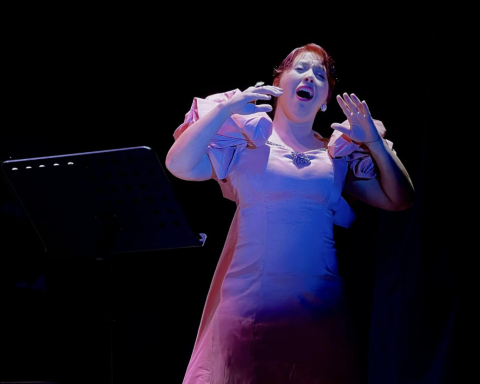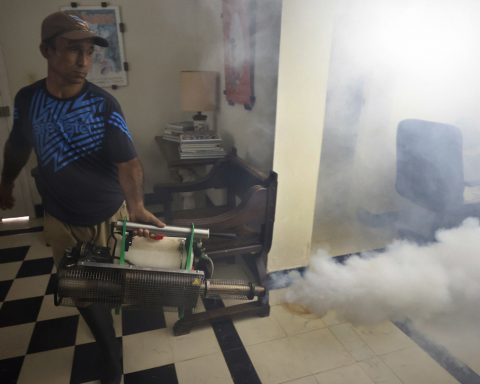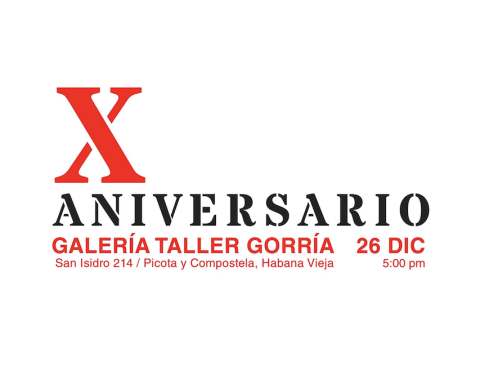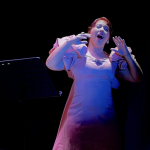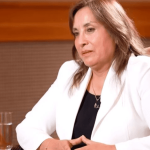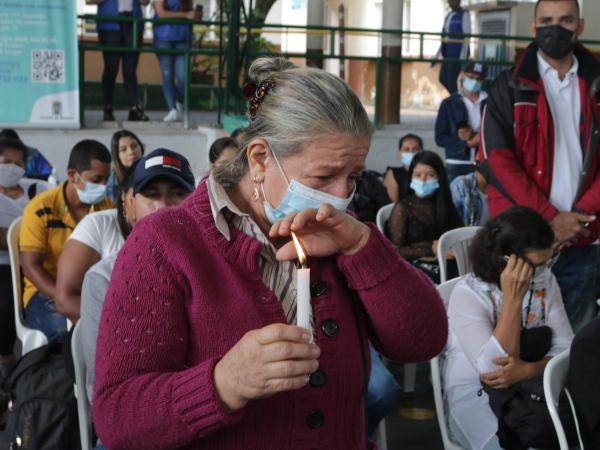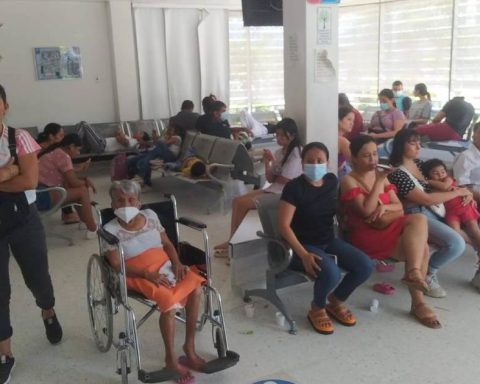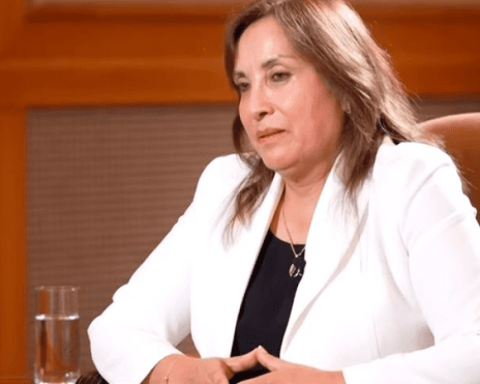Havana Cuba. – It could be said that as early as 1812, when the Constitution of Cádiz was promulgated in Spain, liberal ideas began to make their way among Cubans on the Island. The aforementioned constitution, of a liberal and anti-absolutist nature, had wide repercussions in all Spanish overseas territories.
In Cuba, it led to the beginning of the election of deputies to the Spanish Cortes, with which the island would no longer be treated with an iron hand by the general captains appointed by the metropolis. But the most important thing: in the heat of those liberal ideas, the presbyter Felix Varela He began to teach the Chair of Constitution at the San Carlos and San Ambrosio Seminary. A true seedbed from which many of the consciences that fought for the independence of the country would germinate.
Liberal ideas would manifest themselves again when the independence struggle of 1868 was given a legal form. The Guáimaro Constitution, drafted by Ignacio Agramonte and Antonio Zambrana, and which celebrates its 154th anniversary this April 10, was born identified with respect for the individual liberties that characterize all rule of law. Similarly, it established the separation of powers in the brand new Republic of Cuba in Arms, with emphasis on the legislative power, represented by the House of Representatives. All well calculated to avoid a possible dictatorship of the President of the Republic.
That liberal spirit was also present around 1878, after the peace of Zanjón, when the first legal political party constituted in Cuba was founded. It was the Liberal Autonomist Party, which among other things contributed many figures who shone in the intellectual environment of the Island.
The other constitutions promulgated by our independence fighters, among which the Jimaguayú and La Yaya stand out, were also marked by the liberal ideas professed by all the fighters who did much for the advent of the Republic.
And while all this was happening with liberal ideas, leftist ideology would take time to penetrate Cuba. It would not be until 1892 that a Regional Workers’ Congress was held in Havana, where for the first time there was a collective manifestation of socialist ideas on the Island. That socialist ideal materialized in a political party when soon after Diego Vicente Tejera founded the Socialist Party from Cuba. A party that, according to historians, did not yet embrace the Marxist-Leninist ideology.
Already in a framework of monitoring the postulates of Marx and Lenin, the Communist Association of Havana, founded in 1923, appeared. And two years later, the first Communist Party of Cuba, founded by Julio Antonio Mella and Carlos Baliño, saw the light. But, in reality, it was a party of doubtful Cubanness, born under the guidance of the Communist International from Moscow, and whose general secretary would be the Canarian maestro Jose Miguel Perez.
As we can see, the true Cuban tradition, our authentic roots, are identified more with liberal ideology than with socialist or communist ideas. Evidence that destroys, among other arguments, the thesis of Castroism to continue the work of our mambises.
On the other hand, that tradition imposes a challenge on Cubans today. It is not possible to settle for changes only in the economic sphere. For us the Chinese or Vietnamese models are not enough. We also have to fight for political transformations that open the doors to liberal ideology and the rule of law.
OPINION ARTICLE
The opinions expressed in this article are the sole responsibility of the person who issues them and do not necessarily represent the opinion of CubaNet.
